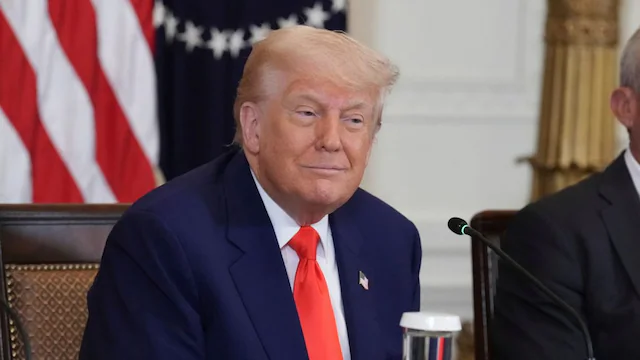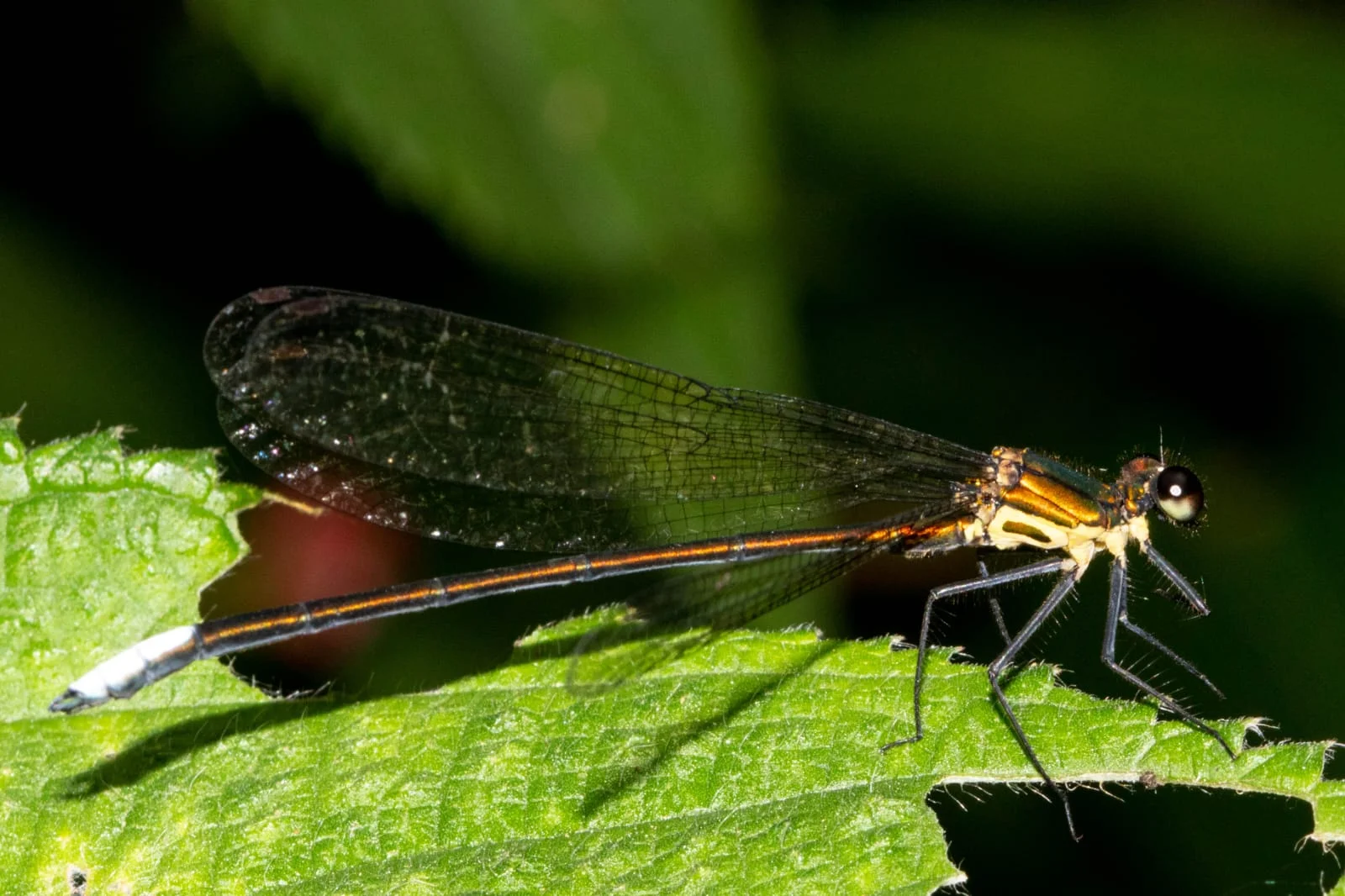- Courses
- GS Full Course 1 Year
- GS Full Course 2 Year
- GS Full Course 3 Year
- GS Full Course Till Selection
- Online Program
- GS Recorded Course
- NCERT (Recorded 500+ Hours)
- Polity Recorded Course
- Geography Recorded Course
- Economy Recorded Course
- AMAC Recorded Course
- Modern India, Post Independence & World History
- Environment Recoded Course
- Governance Recoded Course
- Science & Tech. Recoded Course
- International Relations and Internal Security Recorded Course
- Disaster Management Module Course
- Ethics Recoded Course
- Essay Recoded Course
- Current Affairs Recoded Course
- CSAT
- 5 LAYERED ARJUNA Mentorship
- Public Administration Optional
- ABOUT US
- OUR TOPPERS
- TEST SERIES
- FREE STUDY MATERIAL
- VIDEOS
- CONTACT US
Only 4 of 12 CoEs for Rare Diseases Utilise NPRD Funds in Past 3 Years
Only 4 of 12 CoEs for Rare Diseases Utilise NPRD Funds in Past 3 Years
Only four out of twelve Centres of Excellence (CoEs) for rare diseases have utilized funds provided to them by the Government of India under the National Policy for Rare Disease (NPRD) in the last three years.
- This information comes from patient advocacy groups associated with people suffering from conditions notified under Group 3a of NPRD.
What is a Rare Disease?
Definition: A rare disease, also known as an orphan disease, is a medical condition that affects a small number of individuals in the population. The exact definition of a rare disease may vary by country or region, but generally, a disease is considered rare if it affects fewer than a specific number of people per a given population.
Fund Utilisation Data
- High Utilisation: According to data accessed by Business Standard, only four CoEs had utilized upwards of 87% of the funds allocated to them since 2021.
- Low Utilisation: The fund utilisation rate for seven other centres ranged from 4% to 57% between 2021-22 and 2023-24.
- New Centre: The twelfth centre, All India Institute of Medical Sciences (AIIMS), Bhopal, has only been designated as a CoE in November last year.
About Centres of Excellence (CoEs)
- Purpose: CoEs are institutions identified by the central government to actively manage patients suffering from rare diseases. Currently, 12 such centres enroll nearly 2,420 rare disease patients from six categories across three groups.
- Challenges: Patients with Group 3a conditions still experience inordinate delays in procedural formalities across these centres.
Group 3a Conditions:
- Definition: According to the rare disease policy enacted in 2021, Group 3a includes conditions such as Lysosomal Storage Disorders (LSDs), for which definitive treatment is available but challenges include optimal patient selection, very high cost, and lifelong therapy.
- Eligible Patients: There are currently around 454 eligible rare disease patients with LSDs such as Pompe disease, Fabry disease, Mucopolysaccharidosis (MPS) type I and type II in India, who need immediate life-saving therapy as per the National Policy for Rare Diseases 2021.
Treatment Delays and Concerns
- Treatment Gap: According to data available on the government’s digital portal for crowdfunding and voluntary donations for patients of rare diseases, more than 300 out of 454 LSD patients currently eligible for funding under Group 3a are not getting any treatment in CoEs.
- Current Treatment: Currently, only 98 LSD patients are on government-approved treatment.
- Fatal Delays: The delay in the commencement of the treatment process and uncertainties around sustainable funding of Group 3a disorders are turning fatal, with around 28 of these 454 patients reported to have lost their lives in the last few months awaiting treatment support.
Advocacy Groups' Demands
- Efficient Fund Utilisation: The groups have asked the government to direct CoEs to ensure efficient utilisation of funds provisioned by the ministry.
- Letter to Health Minister: Several caregivers and advocacy groups for patients with 3a conditions wrote a letter to Health Minister J P Nadda last month, citing the inordinate delays being faced by patients eligible for treatment under the NPRD.
- Fund Exhaustion: The letter stated that several patients across the CoEs have been put off life-saving therapies after the one-time support of Rs 50 lakh was exhausted.
Parents' Concerns
- Delhi-based Parent: A Delhi-based parent whose six-year-old child is diagnosed with MPS-2 said that he has been waiting to get his child on-boarded at the ministry's designated CoE for treatment, despite his child being eligible to be put on life-saving therapy as per the guidelines of the NPRD.
- Hyderabad-based Parent: A Hyderabad-based parent of an eight-year-old Pompe disease patient said that while his child is eligible for Enzyme Replacement Therapy (ERT) with the available Rs 50 lakh funding, he still has to run from pillar to post to get it.
Medical Expert's Perspective
- Timely Treatment: Highlighting the need to ensure timely treatment for patients with Group 3a disorders, a medical expert said that patients with LSDs are largely young children and the delay in medical treatment could lead to life-threatening complications.
- Available Therapies: These diseases have therapies approved by the Drugs Controller General of India (DCGI) and are available in India with proven clinical outcomes, as well as available government funding. Despite this, it is disappointing to see patients waiting for the inevitable.
About National Policy for Rare Disease (NPRD)
- Launch: The Ministry of Health and Family Welfare, Government of India, launched the National Policy for Rare Diseases (NPRD) in March 2021 for the management of patients having rare diseases, directed towards prevention, early detection, and treatment of such diseases.
-
Free Treatment: The policy provides free treatment facilities for persons suffering from such diseases at designated ‘Centres of Excellence’.
- Categorisation: The rare diseases have been identified and categorized into 3 groups:
- Group 1: Disorders amenable to one-time curative treatment.
- Group 2: Diseases requiring long-term/lifelong treatment having relatively lower cost of treatment and benefit has been documented in literature, and annual or more frequent surveillance is required.
- Group 3: Diseases for which definitive treatment is available but challenges include optimal patient selection, very high cost, and lifelong therapy.
- Funding: CoEs will be provided a one-time grant subject to a maximum of Rs 5 crore each for infrastructure development for screening, tests, and treatment, if such infrastructure is not available.
- Financial Support: Provision for financial support of up to Rs. 50 lakh to the patients suffering from any category of the Rare Diseases and for treatment in any of the CoE mentioned in NPRD-2021, outside the Umbrella Scheme of Rashtriya Arogaya Nidhi (RAN).
- RAN: Provides a one-time financial assistance to poor patients living below State/UT wise threshold poverty lines suffering from rare diseases (RD) listed under group 1 for treatment at Government hospitals/institutes having Super Specialty facilities; (Maximum financial assistance is Rs. 20 lakhs).
- Nidan Kendras: Set up for genetic testing and counseling services.
-
Research and Development: Promotion of research and development for diagnosis and treatment of rare diseases; promotion of local development and manufacture of drugs and creation of a conducive environment for indigenous manufacturing of drugs for rare diseases at affordable prices.
Conclusion:
The underutilisation of funds by CoEs for rare diseases highlights the need for more efficient management and timely treatment for patients suffering from these conditions. While the government has taken steps to address these issues, ongoing advocacy and monitoring are essential to ensure that patients receive the life-saving therapies they need.




